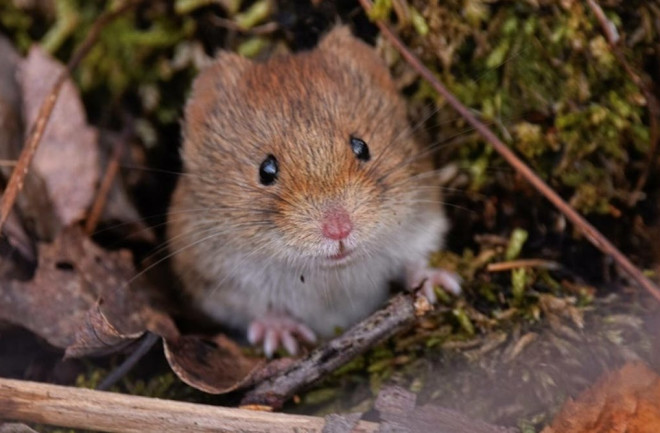Alaskapox, a virus in the same family as smallpox, cowpox, and mpox, claimed its first fatality in January 2024 when an elderly Alaskan man died of the illness.
The virus, which was discovered in 2015, had previously resulted in only relatively mild illnesses in the six other people infected by it. So why did the Alaskan man die?
Raúl Rivas González, a microbiologist at the University of Salamanca in Spain, explains what we know about Alaskapox, what happened to the man in Alaska, and the threat posed by the thousands of similar viruses out there.

